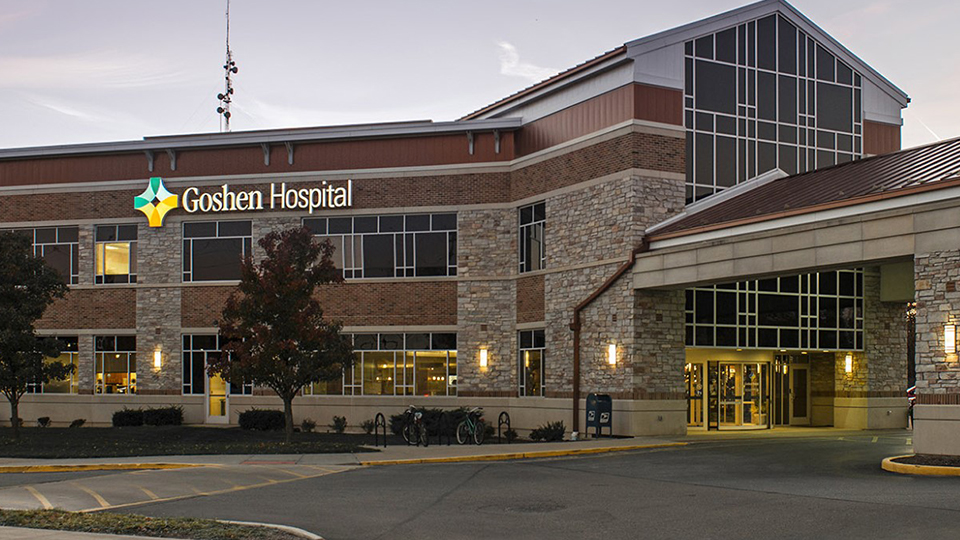Many Indiana hospitals struggling financially amid rising expenses, report says
Subscriber Benefit
As a subscriber you can listen to articles at work, in the car, or while you work out. Subscribe Now
More than four years after the start of the COVID-19 pandemic, many Indiana hospitals are still barely breaking even and their financial viability remains at risk, according to a report released Thursday morning by the Indiana Hospital Association.
The report says many of Indiana’s 170 hospitals are struggling to survive after the cost of medical supplies, drugs, laundry services and other expenses continued to rise last year, while net patient revenue per adjusted discharge decreased.
Indiana hospitals posted a median operating margin of 0.9% last year, below the national median of 2.3%, the report said.
That represented an improvement from the negative 2% median operating loss in 2022 in Indiana, when the pandemic was still going strong. The World Health Organization declared an end to the pandemic as a global health emergency in May 2023.
“The financial strain on hospitals is of great concern as expenses rise and government reimbursement covers far below the cost of care—especially in Indiana,” Brian Tabor, president of the Indiana Hospital Association, said in written remarks. ”Our hospitals remain committed to providing quality care across the state, but we must ensure they have the resources they need to remain viable in their communities.”
The report did not name which hospitals were doing well financially or were struggling. But a quick review of audited financial reports filed with the Indiana Department of Health shows a wide disparity in financial performance.
For example, Indiana University Health, the state’s largest hospital system, had an operating margin of 4% last year, while Schneck Medical Center, a smaller system based in Seymour, posted a 3% operating margin.
Several others had negative operating margins last year, meaning their operating expenses outweighed their operating revenue. That included Indianapolis-based Community Health Network (negative 7%) and Goshen General Hospital, based in Elkhart County (negative 13%).
The 23-page report was prepared by Kaufman Hall, a Chicago-based health care consulting firm, which used data from 52 Indiana hospitals provided by Strata Decision Technologies.
To be in good standing, hospitals should operate within a 4% to 6% margin, the report said.
“At current levels, Indiana hospitals are barely breaking even, which is simply unsustainable,” Erik Swanson, senior vice president of data and analytics at Kaufman Hall, said in written remarks.
But the report said that was increasingly difficult as expenses for medical supplies increased 10.3% last year, non-labor expenses rose 9.7% and the Hospital Assessment Fee (which helps fund Indiana’s Medicaid program) rose 9.5%.
Some consumer groups took issue with the report, saying it doesn’t tell the whole story.
“While some hospitals may have financial constraints, others have double-digit operating profit margins,” said Gloria Sachdev, president and CEO of Employers’ Forum of Indiana, which pushes for more transparency and value in health care. “In aggregate, Indiana hospital prices remain in the top 10 highest in the country.”
Indiana ranks seventh in the nation for hospital price disparities—ahead of California, New York, Connecticut and other larger states with higher costs of living—when it comes to what privately insured people pay for care compared to what Medicare would have paid for the same service, according to a 2022 study by the Rand Corp.
Hoosiers for Affordable Healthcare, another consumer group, said the largest health systems in Indiana serve the vast majority of Hoosiers, which is why residents pay some of the highest prices in the country.
“We will continue to advocate for policies that lower the price of hospital care at those large systems so that Hoosiers and Hoosier employers pay a reasonable price for high quality care,” said Matt Bell, the group’s president.
